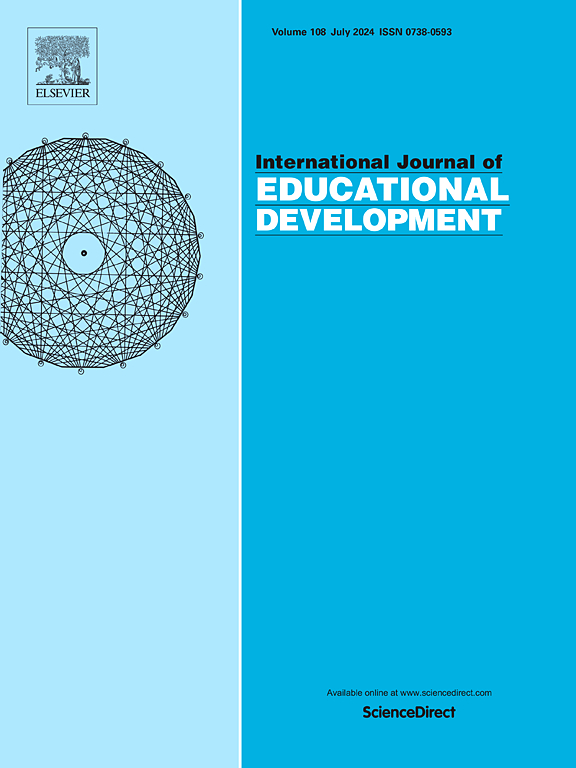Pursuing Sustainable Development Goal 4 has led to more children and youth accessing schooling than at any point in history. However, this expansion of provision has not been without workforce challenges.
UNESCO modelling indicates a global shortfall of 44 million teachers by 2030. The challenge of having a sufficiently qualified school education workforce where it is needed is amplified in locations where affordable quality stock of housing is limited. With most of the world’s population urbanising, cities represent a new frontier in understanding the complexity of current and forthcoming teacher shortages, with significant public policy implications. Interventions aimed at individual workers, schools, or administrative boundaries have failed to arrest staff shortages as they are frequently applied too late or based on potential rather than realised data.
This paper develops a novel measure, the Workforce Catchment Area (WFCA), and tests its applicability in the Australian city of Sydney. Analysis demonstrates that when integrated with housing and transportation costs it is possible to identify workforce distribution as a contributor to teacher shortages, and generate the data and evidence required by policy makers to set explicit policy goals and markers of success.

